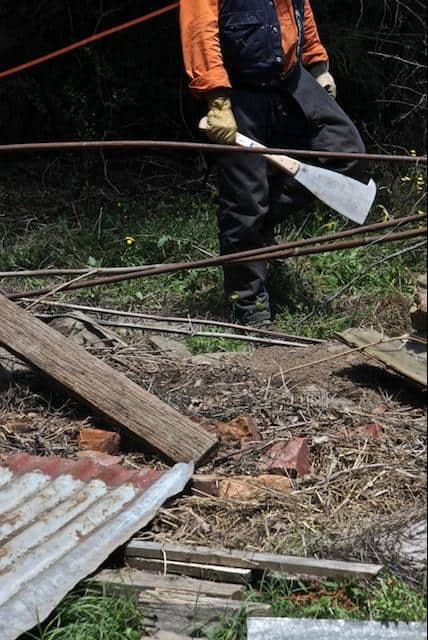Just over a coupla years ago I waved optimistically in the Twitterverse with “14 Athens, 6 Beijing, 43 New Delhi. How about the London Olympics uses the slogan: “No one had to die to make this happen Games”?
 Well, they done it! No work oriented fatalities recorded and a record-breaking drop in injury rates. (I did see that there was a death of a crane driver on one of the sites, but it seems it was subsequently revealed the chap died of a heart attack.)
Well, they done it! No work oriented fatalities recorded and a record-breaking drop in injury rates. (I did see that there was a death of a crane driver on one of the sites, but it seems it was subsequently revealed the chap died of a heart attack.)
A fantastic achievement, and the British Health and Safety Executive (HSE) is justifiably proud of their role; and bravo to them.
Better still, you can find a whole bunch of research and analytical papers based on the things learned from the very deliberate and measured work safety approaches used.
I’ve only had time to have a quick squizz through the host of papers available. But it does seem that the use of a systematic approach to managing contractors, support for supervisors, a major engagement of workers to improve safety outcomes – all those things contributed to an excellent safety result. In other words, they implemented the work safety principles that have been bandied about for years, and it worked beautifully.
Here be a bunch of handy links on the outcomes and findings, there’s lots to use in this stuff:
Lessons for industry from the HSE site: http://www.hse.gov.uk/aboutus/london-2012-games/lessons-for-industry.htm
A news release from the British Institute of Occupational Safety and Health; a handy summary of outcomes with other links: http://www.iosh.co.uk/news/latest_news_releases/31_olympic_build_research.aspx
Col Finnie
finiOHS


